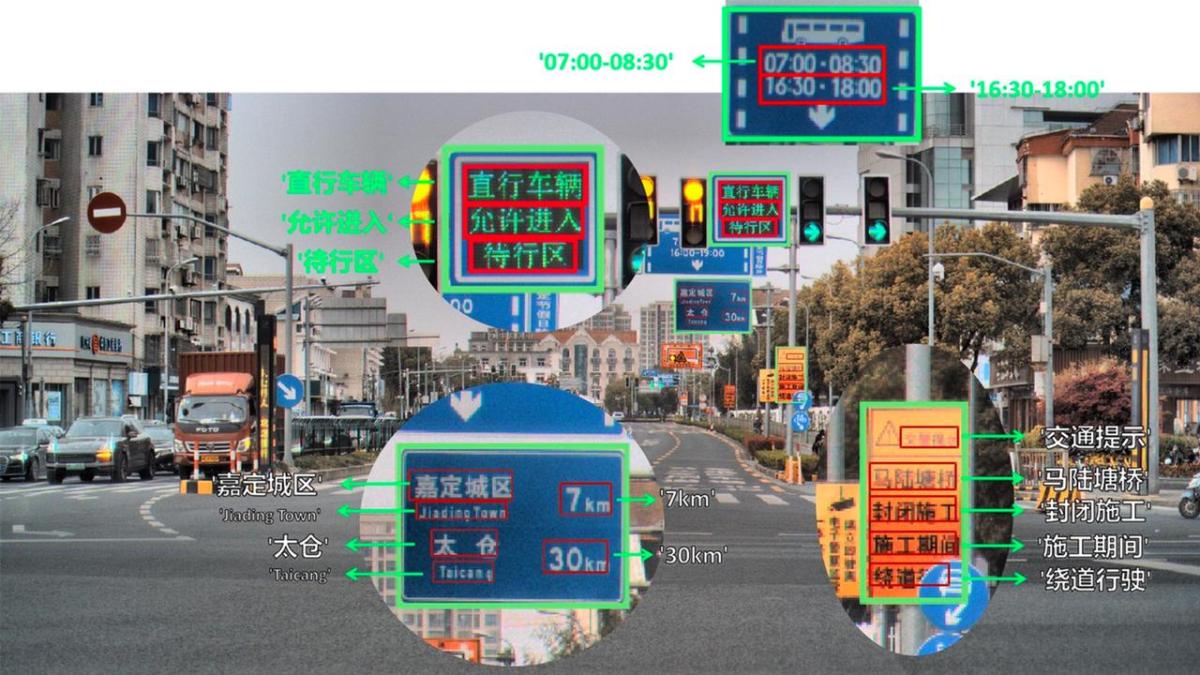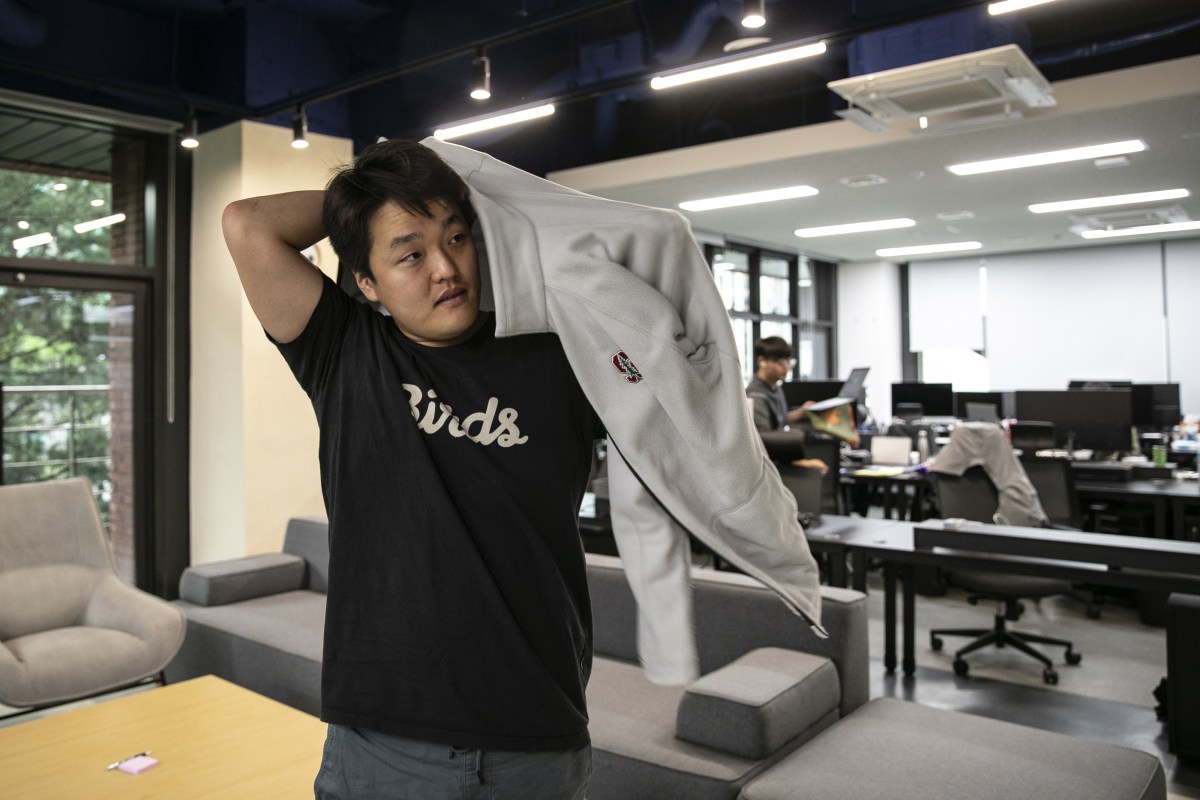How to build and grow an effective Emergency Task Force – TechCrunch
Cooperation is a human superpower that technologies can radically extend. COVID-19 and the global pandemic it brought has been brutal in many ways, but imagine what it could have been had we not had technology to let us communicate, do remote school, remote work, show care, and collaborate remotely to do almost anything?
In March of 2020 we launched the COVID-19 Technology Task Force – a group of volunteers collaborating, communicating, and applying our tech experience and our networks to help get useful things done. Ours was one of many self-organizing groups that formed during the pandemic; all of them used technology to plan and take action — to respond in ways those who survived previous pandemics could never have imagined. Imagine what life was like during the Black Death: Europe lost 30-50% of its population over 5-6 years, with no communication beyond spoken and physical written word, most people living in small and isolated communities, crazed Millenarians roaming from town to town — little wonder many people thought the world was coming to an end. COVID-19 has challenged us in many ways, but remarkable things were done by volunteer groups, large and small, using technology to collaborate and organize actions that governments, companies, schools, institutions, national and local, were either too slow or failing to undertake.
As the pandemic becomes increasingly endemic, we decided it would be useful to document what we and five other COVID-19-focused task forces learned about how to build an emergency, autonomous, self-organizing effort. What follows is a summary of seven patterns we saw across these organizations. Alongside this summary we are including the interviews and open sourcing documentation so others can add, copy, extend to improve upon what we did and what we learned.
We call these new forms of organizations Autonomous Emergency Response Organizations or AEROs — the five AEROs we interviewed were: US Digital Response (USDR), C19 Coalition, Last Mile, The Commons Project and Covid Act Now Coalition, as well as drawing on our own experiences with CTTF. These AEROs all formed in early 2020 and worked to mitigate the health, economic and social effects of lockdowns and the pandemic. They collectively distributed 10’s of millions of masks and other PPE around the country, worked to get Exposure Notifications onto phones and other preventive technologies, they ran hackathons, built data dashboards, created PSAs and raised millions of dollars in interest-free loans to help hospitals and first responders.
Seven things we learnt about how to setup an Autonomous Emergency Response Organization:
1. Anchor on the why: A common thread we saw across all the groups we interviewed was a clear purpose. At the start, the purpose tends to be narrow and specific — i.e., organize to get PPE to frontline hospital workers. For some, over time and with organization and success, the “Why” expanded in scope; for others, the focus remained constant. Many successful organizations did their one thing well and then moved on. The lesson here is to be clear about the why, make it personal, get a community of like-minded people interested, and then get things done. The most impactful organizations found needs and defined lanes of action that were unique — where others feared or failed to tread. As C-19’s Joe Wilson said “Go to where the fire is, and find the space where no one else is.” Or as Debbie Lai put it, “Covid Act Now all started informally in January 2020, when it was clear no one knew what was happening. So our founder quickly put together an epidemiological model in a Google spreadsheet, initially just for himself and friends and family, and then for anyone who wanted it. The spreadsheet became a website that served over 10 million people in the first weekend it was launched and that’s when we pulled together an ad hoc team of volunteers and stood up a 501c3 non-profit to scale and meet this demonstrated demand for open-source COVID data and modeling”
2. Connect: In 2022, a single shared communications platform is non-optional. It’s critical to define where the work will happen, and stick to it. Texting, Telegram, WhatsApp — the technologies that people used to organize against COVID-19 were free, real-time, secure, unmediated by algorithms and usually singular in focus (i.e., chat only, not part of a bundle of services). There are many alternatives available and groups usually start with one people are already using in other parts of their lives. Note, some messaging apps have limits on the size of the group (i.e., Twitter DM groups) – pick one that allows for large groups, you don’t want to have to change mid-stream.
Case study: Last Mile was co-founded by several volunteers, including Tricia Wang, who had opened up a research lab in Wuhan back in 2009. In February of 2020 she was living far from Wuhan in Brooklyn, yet she knew lockdowns were coming. As she said in the interview “I saw the Hong Mei House lockdown in February 2020 and at that point Hong Kong only had 42 cases — but … it was clear that there was community transmission … and the US was massively unprepared.” And in Wuhan she noticed the organic organization of small groups using simple texting apps. When lockdown came to Brooklyn and the US in March of 2020 Tricia knew where to start: simple, hyper-local & real-time tools to connect with neighbors. Take a look at the op-ed she published about what the world could learn from Wuhan that also includes a link to step-by-step toolkit on how to use apps like WhatsApp to create hyperlocal groups to mobilize quickly to serve those in needs. What started as one hyper-local community was cloned for other communities — Last Mile expanded beyond NYC as a mask distribution group to 11 cities and over 50 tribal nations, distributing over 12.2 million PPE directly to health care workers and others in dire need — all by connecting small groups via a messaging app. They transitioned their focus on mask distribution to standing up COVID Straight Talk Lab to accelerate worker-led policy change for labor unions and worker centers to use in workplace organizing for COVID safety.
3. Build Trust: You have to create trust within the group, trust that you can get something done, that what people are volunteering to do will help. There were a variety of different approaches we saw to building trust:
a. The fastest and most obvious way is to tap people you already know and have worked with, bootstrapping off known networks — as Debbie Lai said the core of the Covid Act Now Coalition founding team had all worked together. This is effective, it has natural limits but it’s absolutely one of the best ways to get started. It’s also an effective way to extend into other networks — if hospitals are central to what you are trying to do then find one person who can tap into a network of doctors, hospital workers, or first responders. It’s remarkable how effective networks and network hopping is in emergencies. People want to help, and new trusted networks and relationships form fast and furiously. Many of the early Covid Act Now Coalition team were friends from working together at Firebase, Dropbox, Google and other Silicon Valley companies.
b. Find superconnectors. Superconnectors are people who have networks and an insane human gene for connecting. Identify the area you need to connect into and find the superconnectors in that area — they are easy to spot. Talk with people in the network, ask them who can help — make notes of the names that come up most frequently. Many roads will lead to a few nodes, find and follow them. For the COVID-19 Tech Task Force, as Kameka Dempseyshared, “We met weekly to go down our list and discuss the critical path follow-ups for each week. We divided follow-up among the team and we were able to go farther faster because of that focused effort.”
c. Several organizations we talked to organized specific mission based commitment systems — USDR had a volunteer oath and the C19 Coalition developed a commitment model. Joe, and his co-founder Eric Ries and their AERO got consensus around three broad commitments to action — supply of medical-grade PPE, a financing model to enable the PPE and an agreement to share data around it. They then asked corporate partners to publicly commit to goals —you can see the commitments company by company here. C19 Coalition and its committed partners delivered 1+ billion PPE units.
4. People before products: Tricia Wang explained to us her laser focus on building up people infrastructure: “The tech industry wanted to just write code — I needed organizers, I wanted to focus on the communities and the real people who were impacted, frontline workers.” In late March 2020, a person in one of Last Mile’s Whatsapp group posted that an acquaintance in Washington, D.C., had two thousand N95 masks to offer if someone could pick them up. Sarp Aksel, a thirty-two-year-old ob-gyn in a private practice on the Upper East Side, piped up in the chat group to say: “I’ll go right now,” and borrowing a colleague’s car to make the delivery. It was stories like this from Last Mile’s bottom-up group that led the New Yorker to cover the group’s operations from their supply-chain delivery logistics database that they spun up in 24 hours to deliver the masks to their algorithm they designed with an anesthesiologist to determine which health practitioner would receive a mask depending on need.
While it’s tempting to start with tech and tech products, emergency task forces sometimes call for people first, product second. If you work in tech and what you do is build products, your desire to build a product can be a misdirection, or mistimed. Successful AEROs (like any successful product) start with people and their needs, and focus initially with off-the-shelf solutions. Over time, as AEROs understand fully the requirements that can’t be met with existing tech, they build high-value, high-impact, well-aimed products. Examples of this are the workers’ guides that Last Mile’s COVID Straight Talk Lab developed — functional, simple and useful. Or the Connect and Protect PSAs that the COVID Tech Task Force created, which were designed based on focus group data from communities hit hardest. Even more so than in your average startup, the focus should be on immediately solving your audience’s problem — and identifying what’s most important to solve — before pouring resources into improving your solution with custom tech.
5. Build in the open. Many of the processes to run task forces are borrowed from the open source community, and, more recently, from DAOs – the culture of successful AEROs is open. Decisions, transactions are visible and accessible for anyone to see, comment on and participate with — the radical transparency of AERO’s empower people. Many groups have no formal organization, leadership is ad hoc and organic — often dependent on the key issue at hand. Consequently there is no one point of failure. They borrow and copy what works and share liberally — they run agile processes, use open source tools, run standups and create playbooks documenting and sharing learnings to share. As C-19 Joe Wilson said “create cookbooks for what works” They build things in ways they can easily be replicated — they think of systems and tools as Lego-like blocks to build, test and then if they work, share and connect to other blocks.
6. Flat and flexible: Part-time commitment from people with day jobs is how AEROs start. Don’t expect full-timers. Build in waves, and make room for leaders to emerge depending on time and expertise. “Instigators” is the word that many DAOs use for leaders — it’s a good term, instigators change and have project-specific passions. Successful AEROs are flat and flexible – they find what works, and then rinse-and-repeat. Again it’s a culture similar to early-stage tech — test and trial — “demos not memos,” as Jessica Cole from USDR puts it.
7. Say thank you. The organizations we interviewed with started with 100% volunteers — people start and build AEROs because they want to help. Saying thank-you is as vital as setting goals.
We humans are incredibly adaptable. We turned the entire world upside down in the space of weeks. And yet our economies, our capitalist infrastructures, our governments, and the rest of the systems we have created to support our society are not designed for rapid adaptation — they are optimized for production, efficiency and scale. Not resiliency, not flexibility and usually not fast adaptation. The world is becoming more variable and unpredictable — new organizational forms are needed and emerging to address specific needs. AEROs appear to be part of a growing trend where people self organize to create collective good in places where our existing institutions are leaving big gaps. Grassroots, bottoms-up systems of collaboration like AEROs can be powerful engines of action, but don’t need to be permanent. Many AEROs require zero funding; rather, with the right tools, methods and processes they can affect real change in local communities at a speed that companies, governments, and militaries cannot.
On the heels of COVID-19 and a global pandemic, Europe is at war and facing a massive refugee crisis. In the past few weeks, 3 million people (or 7% of the population) in Ukraine have left their homes and their country. It’s expected that a further 2-3 million will follow, making this the largest movement of displaced people in Europe in a century.
One genuine bright side to the Internet and the tools it enables can facilitate small groups cooperating to solve real world problems in real time. Coupled with this is the culture of the Internet, in which tech is evolved and adapted through feedback loops and collaboration in small and large ways. With each new emergency, with each new need, technology is further adapted in innovative ways to help address immediate, critical needs.
Our hope is that this is a living document — please add to it — use this as an evolving playbook about ways to create emergency response organizations. Thank you for reading and thank you in advance for sharing your experience and ideas. And while we are saying thank you, thank you to everyone who participated in documenting this and thank you to the thousands of people who gathered in small groups, found shared purpose and tools and helped millions of people during this pandemic. Special thanks to Jessica Cole at US Digital Response, Joe Wilson at the C19 Coalition, Tricia Wang from Last Mile’s COVID Straight Talk, Paul Meyer at The Commons Project, and Debbie Lai from Covid Act Now. And thank you to everyone who worked with, and partnered with the COVID Tech Task Force: Josh Mendelsohn, Madi Jacox, Connor Spelliscy, Harper Reed, Laura Walker, Brad Feld, Fred Wilson, Aaron Mclear, Jonathan Cain, Danny Friday, Myoung Cha, Stephanie Hannon, Wendy-Kay Logan, Randy Marsden, Michael Gross, Michael Skolnik, Ricki Seidman, Nicole Ranucci, Julie Samuels, Bruce Lowry, Paul Rieckhoff and everyone else whose name belongs here – thank you.
View the edited versions of the video interviews that contributed to this guide here:
Help by fundraising, help by hacking around systems and governments, help by organizing.
Groups forming right now:
UkraineDAO, organized by Pussy Riot and PleasrDAO, among others –UkraineDAO has raised $3.3 million already, and proceeds will go to Come Back Alive
Techfugees – We now have around 30 Techfugees WhatsApp groups, mostly country-based each with between 50 and 150 members, thereabouts.



